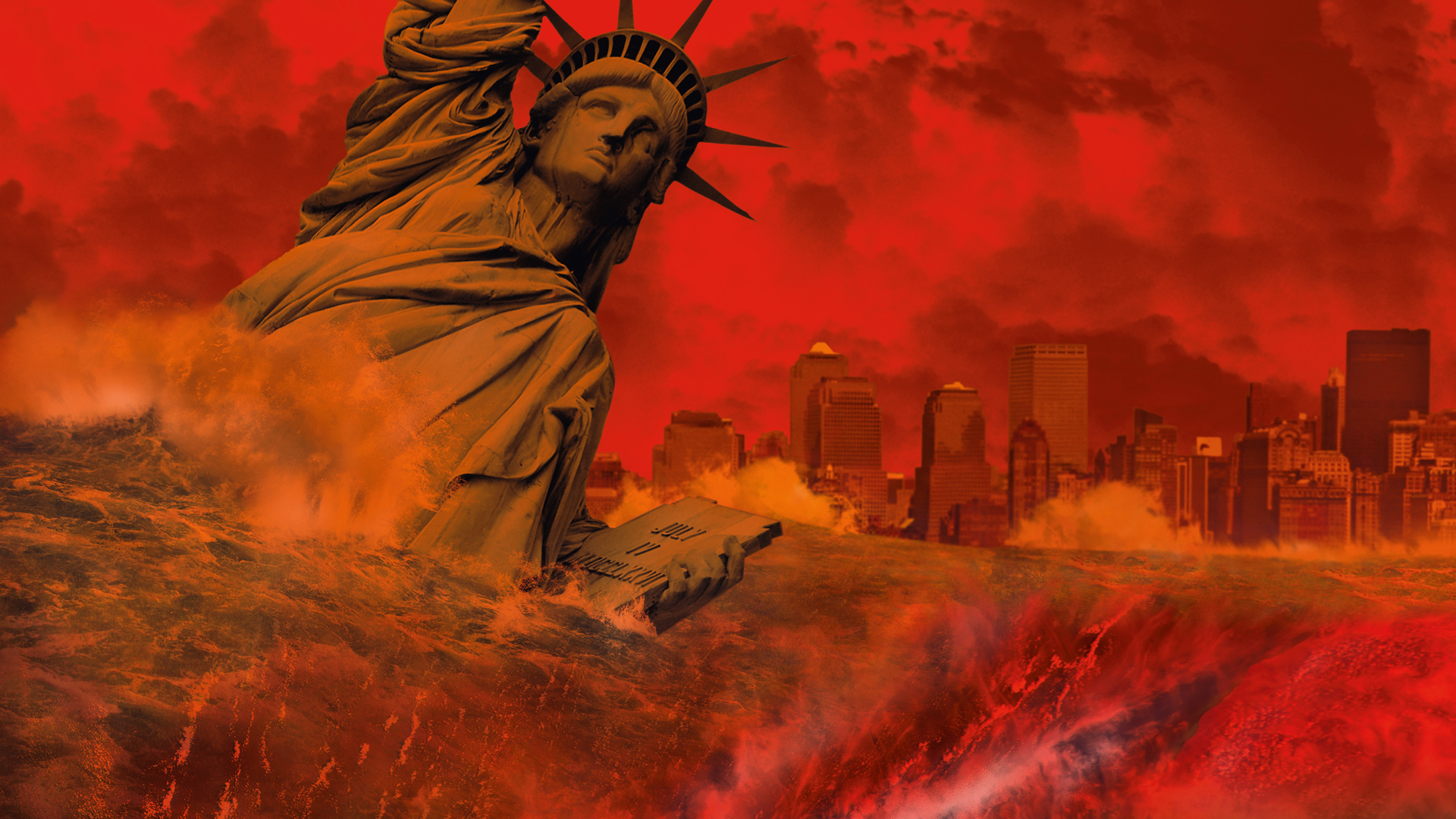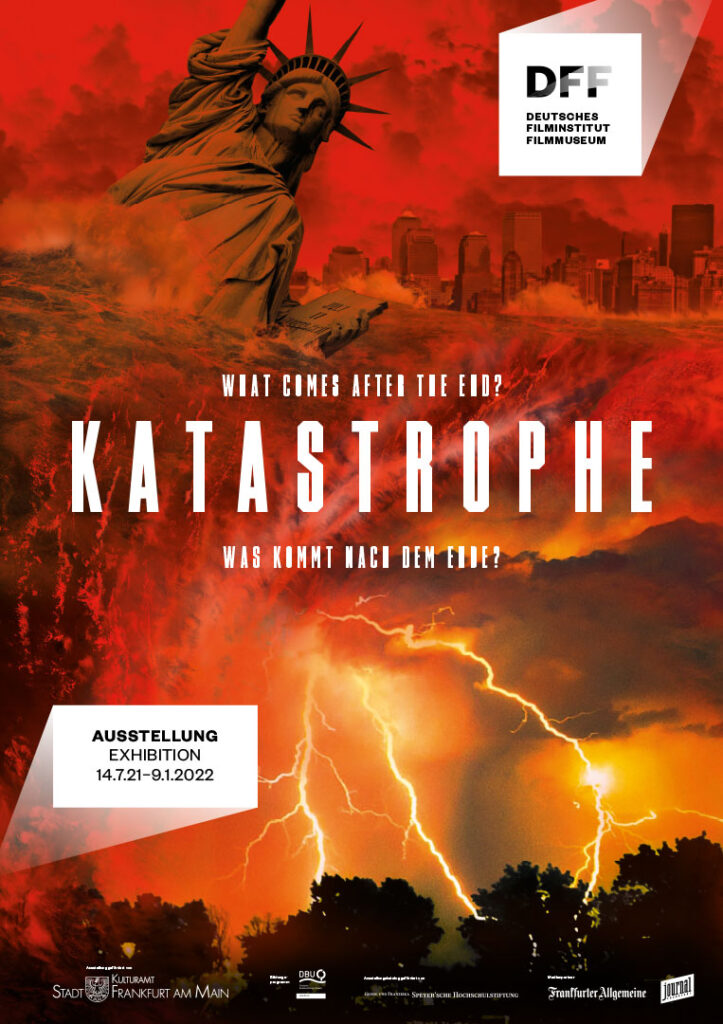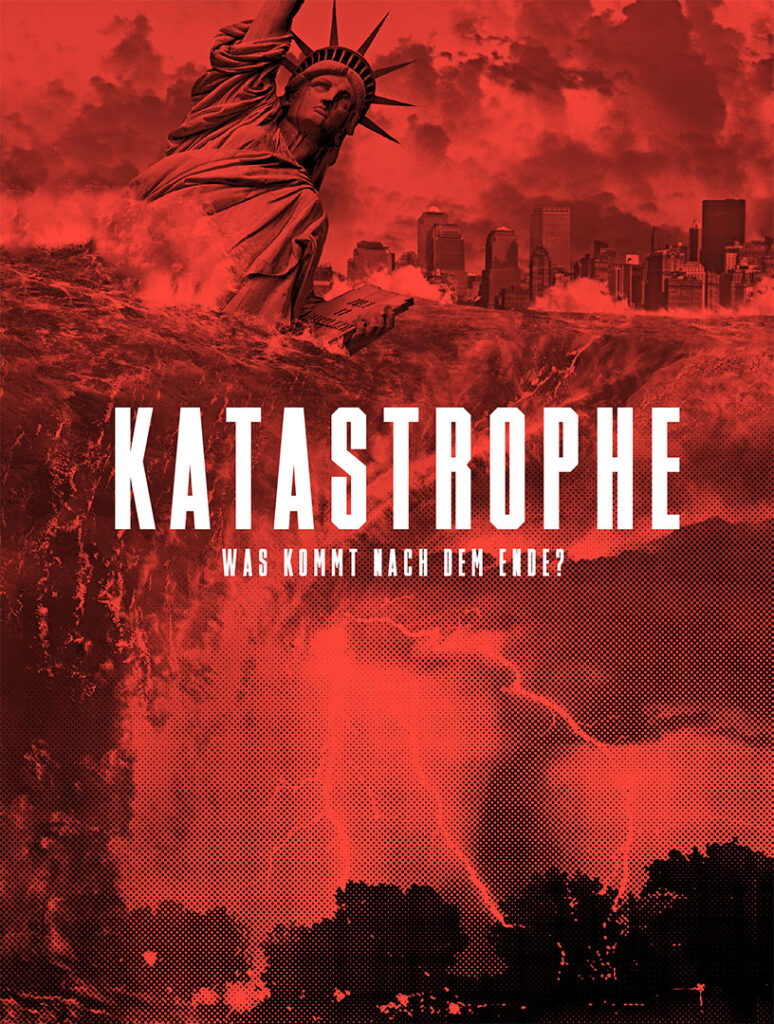

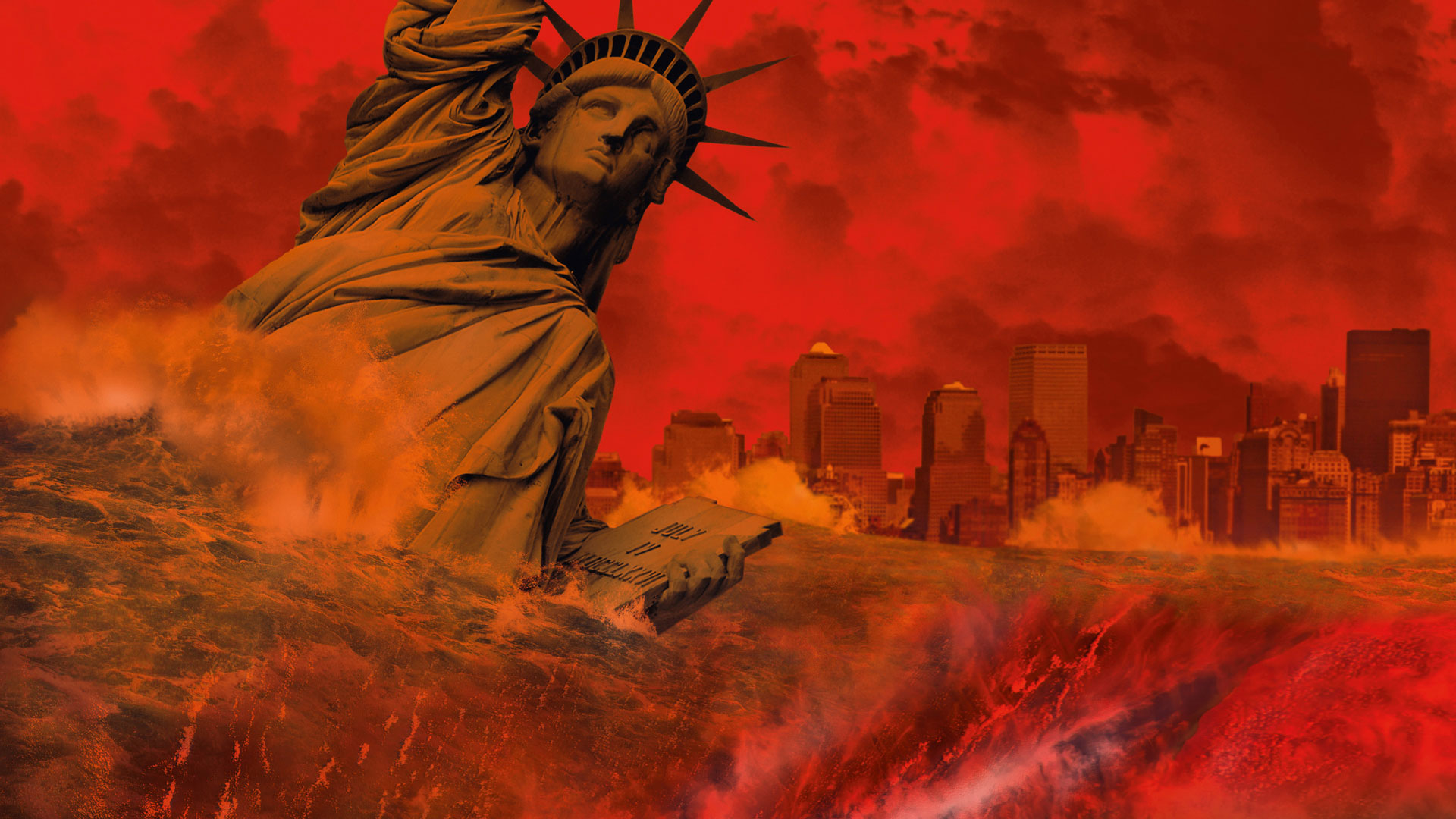
Special Exhibition from 14 July 2021 through 22 May 2022
Only the tip of the Statue of Liberty pokes out of an icy desert, Los Angeles lies in ruins, Pompeii is engulfed in smoke and fire, the luxury liner floats on its hull: the exhibition CATASTROPHE. What comes after the end? focuses on disaster movies. The extinction of mankind, of life on Earth, the complete destruction of flora and fauna by a man-made or natural “catastrophe” – this scenario has fascinated filmmakers all over the world for decades, and with them millions of moviegoers, who are thrilled by the staged disasters again and again. Visions of nuclear war, such as in Stanley Kramer’s ON THE BEACH (US 1959), are part of the repertoire – along with earthquakes (ZEMLETRYASENIE – EARTHQUAKE, AM 2016), volcanic eruptions (GLI ULTIMI GIORNI DI POMPEII, IT 1959), threats from outer space (DEEP IMPACT, Mimi Leder, US 1998) and, more recently, climate change scenarios such as in THE DAY AFTER TOMORROW (Roland Emmerich, US 2004).
The question of what disaster looks like and what comes after has always captured the imagination of filmmakers. The exhibition is dedicated to their work, to their ideas and representations of disaster scenarios, and to the social, political, and cultural issues and questions implicit in them: What triggers a disaster? What are the biopolitical implications of rescue scenarios? How is fear instrumentalized in state power structures? What do the types and aesthetics of cinematic representations of disaster say about our time? Is there a widespread longing for the “cleansing” catastrophe, and what does that mean? By imagining the catastrophe that we cannot know, filmmakers also strive for reassurance, insurance, the impression of controllability.
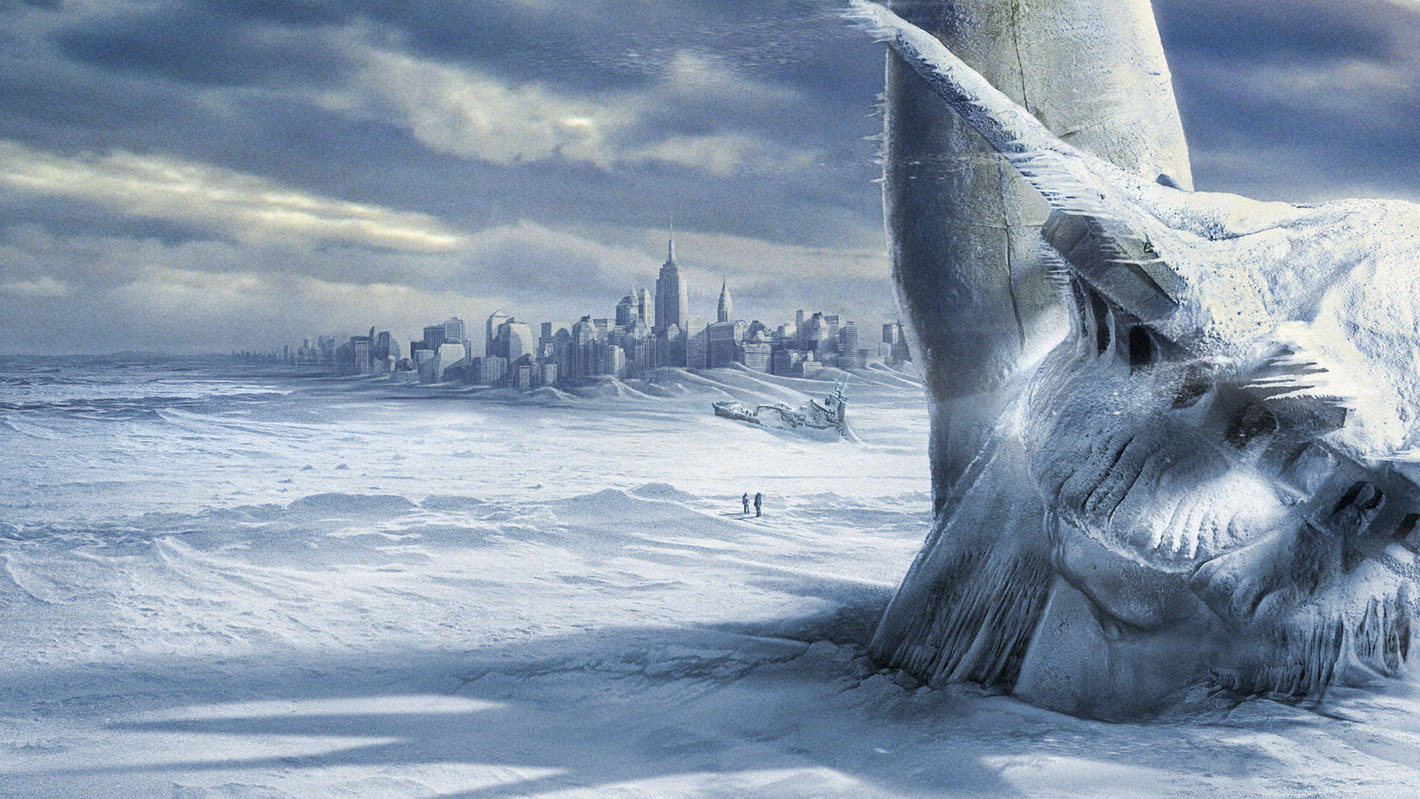
When the earth lies there as a ruin, when the sky has turned ashen gray and the sun has been extinguished:
There is no one left to tell about it[…].
That is why such visions of the future belong in the department of fiction: film, painting, literature.
David Hugendick: Wir letzten Menschen (Us, the Last Humans), DIE ZEIT 21.7.2014
What is it about catastrophe that fascinates us? Perhaps it is the contradictory fascination between an overwhelming event and the fear of its uncontrollability.
The idea of catastrophe has inspired artists, especially since the Renaissance, to develop dystopian visions of the future as a critique of the present. To this day, apocalyptic works of art reveal much about an epoch’s attitude toward life. Be it medieval biblical prints, 18th century pamphlets, 19th century literature, or 20th century moving images: Often, the fears and threats of their time play a role. The fascination between overwhelming disaster and the fear associated with it can be lived out in the safe confines of the cinema. Disaster films, dystopias, end-of-days scenarios are in vogue in changing times, be it the nuclear danger between the 1960s and 80s (THE LAST MAN ON EARTH (US 1964) and LETTERS OF A DEAD MAN (USSR 1986)), the man-made catastrophes of the 1990s (TURBULENCE, THE FLOOD, TITANIC, VOLCANO), or, given the global impact of human activity on the climate, the major blockbusters of doomsday specialist Roland Emmerich (THE DAY AFTER TOMORROW (US 2004), 2012 (US / CAN 2009)).
More
The question of what catastrophe looks like and what comes after it has always captured the imagination of filmmakers. The exhibition is dedicated to their works, to their preconceptions and representations of disaster scenarios, and to the social, political, and cultural themes and questions implicit in them: What triggers a disaster? What are the biopolitical implications of rescue scenarios? How is fear instrumentalized in the state power structure? What do types and aesthetics of cinematic representation of doom say about our time? Is there a widespread longing for the “cleansing” catastrophe, and what does this mean? By imagining the catastrophe that we cannot know, filmmakers also strive for reassurance, insurance, the impression of controllability.
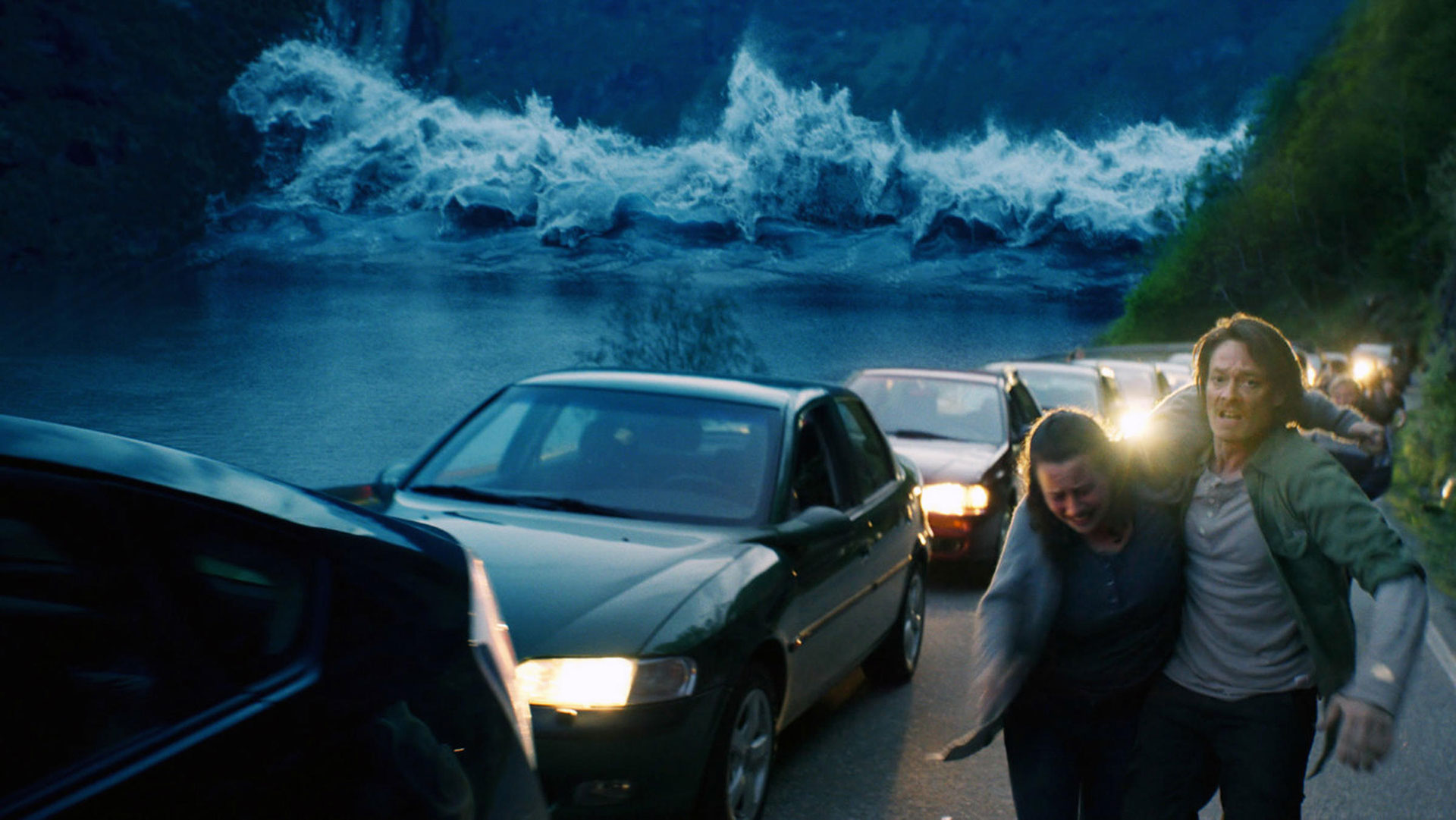
I longed for a Bruce Willis to put everything right.
US-Anthropologist Vincent Crapanzano, Sept. 2001
Against the background of the “climate catastrophe”, the exhibition CATASTROPHE is dedicated to both cinematic and real catastrophes. How do filmmakers, on the one hand, and scientists, on the other hand, imagine the worst possible scenario at different points in time? What are the possibilities of salvation in their eyes? How probable are the plots of the movies?
Visitors are taken through the stages of the classic disaster movie – from the first warning signs, through the outbreak of the disaster and the subsequent rescue efforts of those affected, to the final rescue with the prospect of a new beginning. On view are, of course, film clips, but also other “image-generating” objects from the cinematic process, from storyboards to set designs to movie posters. These cinematic images are juxtaposed with the real world: Diaries, sequences of interviews with scientists, and objects from the handling of real-life disasters are evidence of how science adapts to the worst possible scenario.
An exhibition catalogue is available to buy from 14 July 2021. In addition, an extensive framework program, including a film series, accompanies the exhibition.

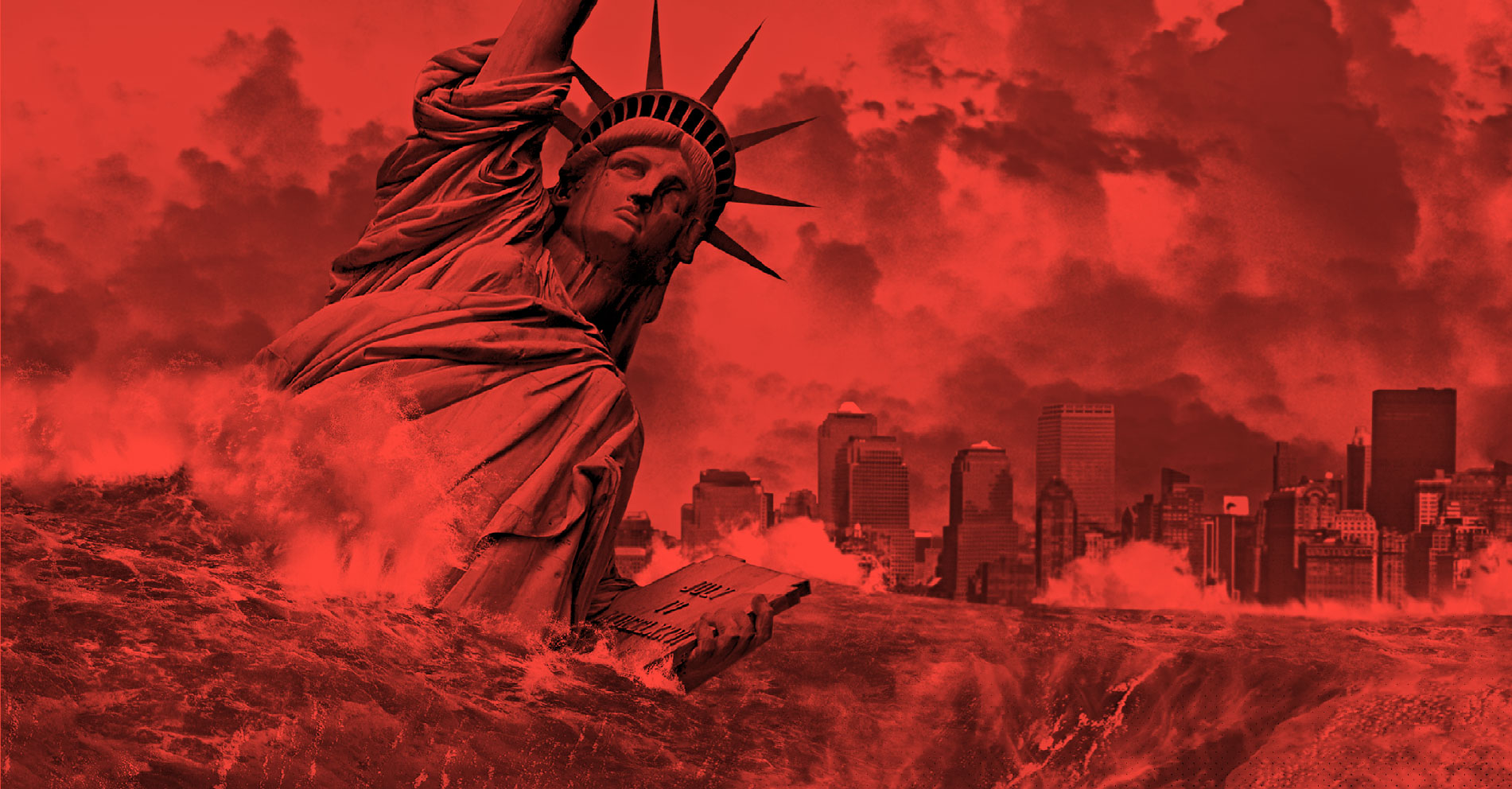
Only human beings can recognize catastrophes,
provided they survive them;
Nature recognizes no catastrophes..
Max Frisch, Man in the Holocene, 1979.
The book that accompanies the exhibition links different conceptions and expectations of catastrophes from a historical and contemporary perspective: film scholars, art historians, and natural scientists describe catastrophes from their own point of view. An extensive illustration section illuminates ideas of catastrophe in art, reality, and the media throughout human history, contrasting described and imagined catastrophes. Finally, experts from various fields (theologians, journalists, social scientists, economists, risk advisors, psychologists, artists, undertaker, geologists, atmospheric chemists, activists) present their ideas about the future, utopias, and dystopias. They come up with different answers to the question of what might come after the end – but they are all in agreement that something is going to come.
The catalog follows the structure of the exhibition, includes images of many of the objects in the exhibition, and deepens the exhibition’s focus on climate change in a scientific and visual way.
In addition to a large number of experts on eschatological ideas, the authors of this publication include Dr. Solvejg Nitzke (TU Dresden), Prof. Dr. Jörg Trempler (Univ. Passau), Prof. Dr. Dr. hc Volker Mosbrugger (Naturforschungsgesellschaft Senckenberg) and Dr. Jakob Lillemose (disaster researcher, X and beyond). A comprehensive picture gallery and a filmography of disaster films complete the book.
The catalog was published in two editions (German / English), each limited to 500 copies. 172 pages, five-color hardcover, € 24,80.
Available at the Museum Store and online.

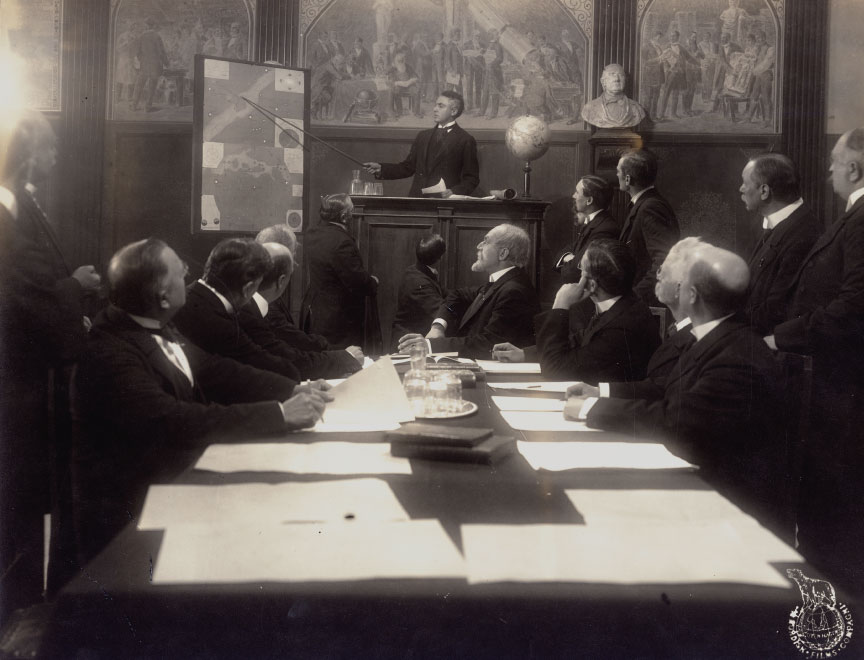
Human history becomes more and more a race
between education and catastrophe.
(H.G. Wells)
The images in disaster movies are, naturally, first and foremost sensational! But how accurate are the scenarios shown in them – can a disaster really happen in such a way? What is our idea of what the worst-case scenario might be? How long have disaster movies been around? How acute is the danger of climate change? What can we do to prevent it?
In the 1970s, disaster movies brought younger audiences back to the cinema, and the trend continues today: The lavish, action-packed blockbusters reach younger audiences in particular – certainly not least because the scenarios depicted (could) affect them directly. The museum’s educational program in particular uses this attention to impart knowledge and suggestions for dealing with the climate catastrophe.
In film series, discussions, workshops and guided tours, as well as in unusual activity formats, the accompanying program to CATASTROPHE is dedicated both to enjoying the sensational images and to critically examining them. In cooperation with our partners at the Senckenberg Natural History Museum, we offer numerous events and activities for all ages between experiencing and imparting knowledge.

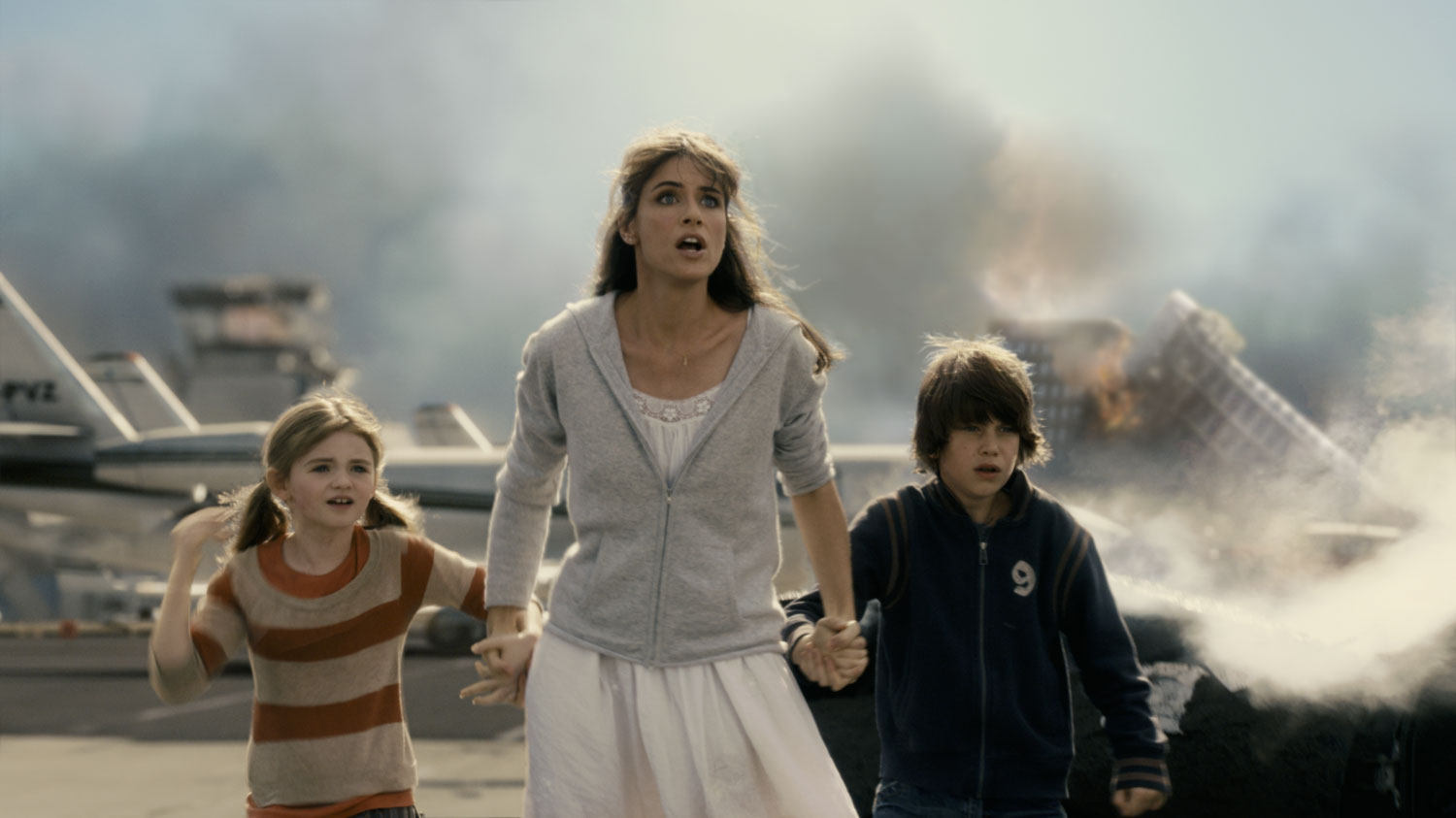
Hours
Catastrophe runs from 14 July 2021 through 22 May 2022.
Tuesday – Sunday: 10am – 6pm
Closed on Mondays.
Admission & Tickets
Catastrophe: 9 / 6* Euros
Permanent Exhibition DFF: 6 / 3* Euros
Family ticket for 2 adults and 2 kids (older than 6 years): 24 Euros, each additional child: 2 Euros
Due to Coronavirus restrictions, we can only offer a limited number of tickets per time slot. Please purchase your tickets online in advance.
Guided Tours
Meeting point: 2nd floor.
Requirements: Online tickets for appropriate time slot and proof of either a negative Covid-19 test, of completed vaccination (at least 14 days prior) or of recovery.
Open Film Studio on Weekends
With bluebox and dubbing of animations.
Saturday and Sunday 12 a.m.-6 p.m.. Included in general admission.
Requirements: Online ticket and proof of either a negative Covid-19 test, of completed vaccination (at least 14 days prior) or of recovery.
More guided tours
Guided Tours Online
Every third Wednesday of the month at 7:15p.m.
Guide walks through the exhibition, participants join via Zoom.
July, August and November from DFF
September, October and December from Senckenberg Natural History Museum.
Guided Tours for Schools
These tours consist of two parts: one tour at DFF and one tour at Senckenberg Natural History Museum.
Admission: free, please book at
museumspaedagogik@dff.film
(069) 961220223 (10am – 3pm)
Private Guided Tours
Duration: ca. 1 hour.
Booking required at
museumspaedagogik@dff.film
(069) 961220223 (10am-3pm)
Accessibility: The DFF – Deutsches Filminstitut & Filmmuseum is accessible for visitors with limited mobility or with strollers via an elevator to the right side of the museum’s entrance. Elevators in the foyer provide barrier-free access to all floors. Wheelchair-accessible restrooms can be found in the basement and on the 4th floor. The house provides a wheelchair on loan.
Interactives in the exhibition offer additional information and self-guided tours. They are accessible through your own smartphone via QR code. In order to use them, please bring a charged tablet or smartphone and headphones with you. You will also need a QR code reading app, which is best downloaded in advance.
Accompanying Program: Events take place alternately at DFF and at Senckenberg Natural History Museum.
*Reduced fees for: pupils, students and the unemployed. Children under the age of 6 and birthday children get free admission to the exhibitions.

Coming soon…
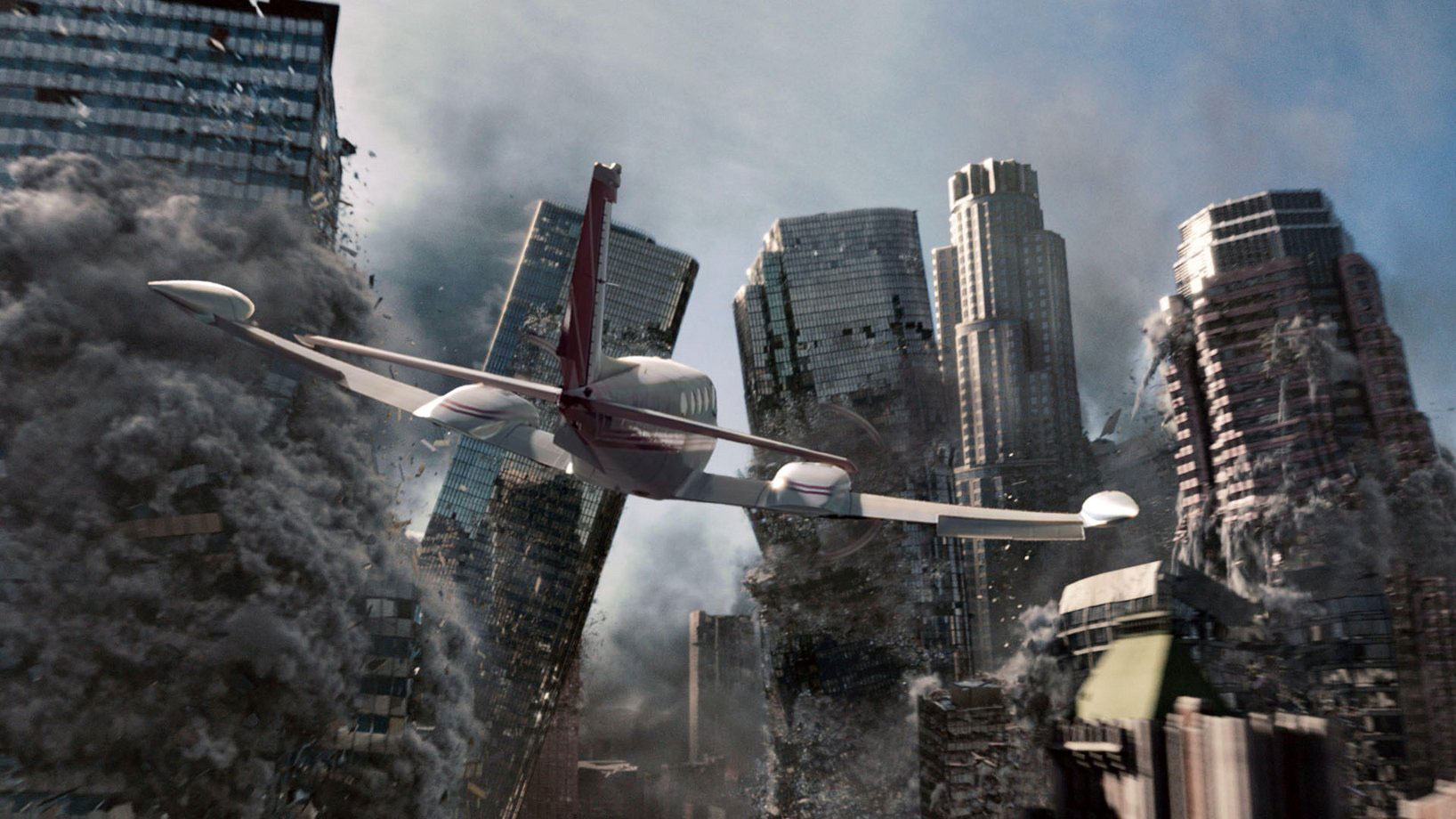
Curator / Exhibition Lead: Stefanie Plappert
Assistants: Josefine Steffens, Laura Rosero Melo, Paul Skupin
Support: Daria Berten
Registrar: Tim Heptner
Research Assistance: Jens Kaufmann, Christian Appelt
Collaborators Senckenberg Gesellschaft für Naturforschung: Dr. Martin Cepek, Prof. Dr. Katrin Böhning-Gaehse, Prof. Dr. Volker Mosbrugger, Dr. Brigitte Franzen, Prof. Dr. Klement Trockner; Thorolf Müller, Hendrik Denkhaus
Interview partners Senckenberg Gesellschaft für Naturforschung: Prof. Dr. Andreas Mulch, Prof. Dr. Thomas Hickler, PD Dr. Irina Ruf, Dr. Jutta Zipfel
Scenography: Duncan McCauley, Berlin (Noel McCauley, Reyhan Toraman, Anna Syrianou, Christian Klier)
Media Preparation: Christian Appelt
Media Production and Editing: Michael Kinzer
Interactives: Emil Himstedt
Constructions: artevilla / Adriano Renzullo
Graphics Production: Types on Foil
AV Equipment: satis&fy, Karben
Exhibits Preparation: conceptdesign / Günter Illner
Museum Education: Daniela Dietrich (Leitung Museumspädagogik DFF), Lena Sistig (Senckenberg)
Press and Public Relations: Frauke Haß / Head of PR, Marie Brüggemann (DFF), and Anna Lena Schnettler (Senckenberg)
Website and Content for Mobile Devices: Jürgen Kindlmann (DFF)
Archives: Hans Peter Reichmann, Isabelle Louise Bastian, Simon Lames, André Mieles, Thomas Worschech, Michael Schurig
Controlling: Maria Käppele, Birgit Wickenhäuser
Thanks to: Susanne Becker, Helen Kahsai, Ismail Merzak, Claus Wiedemann, box office staff, museum attendants, and all DFF staff.
We thank our partners and sponsors!
In collaboration with:

The exhibition is funded by

The catalogue is funded by

The education program is funded by
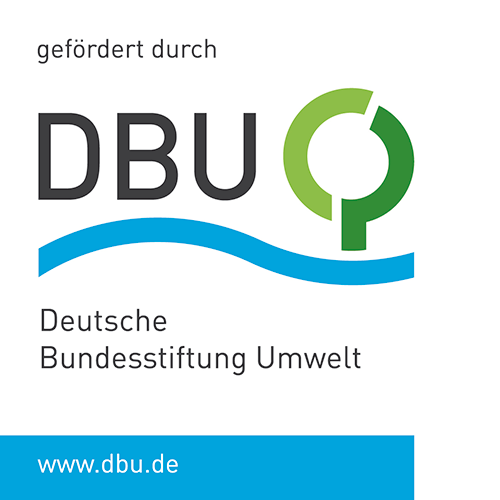
Medis partners:


